Today’s Focus of Attention is reader-supported. We sometimes include products we think are useful for our readers. If you buy through links on this page, we may earn a small commission.
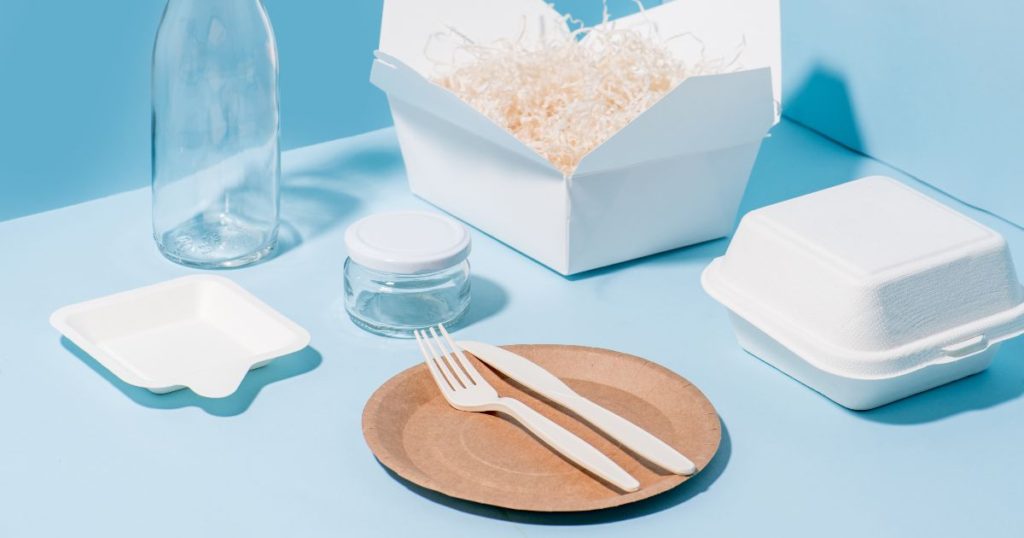
In a threatened world affected by a constant plastic pollution, companies are investing billions of dollars to ramp up the production of biodegradable and compostable plastics.
Plastics are one of the most common materials found on Earth. They have been used since the 1950s. After that, they have become an integral part of our daily lives.
However, plastic pollution has been a big problem, steadily growing for the past few decades and even though companies claim they recycle, it only represents around 9% of the total – which is nothing.
The issue with petrochemical plastic is that it never disintegrates entirely, but breaks down into smaller and smaller particles, affecting the environment and people’s health.
The problem is so big that doctors have reported tiny particles of plastic inside lungs of some patients.
One solution to this cancerous threat could be bioplastics.
What are Bioplastics?
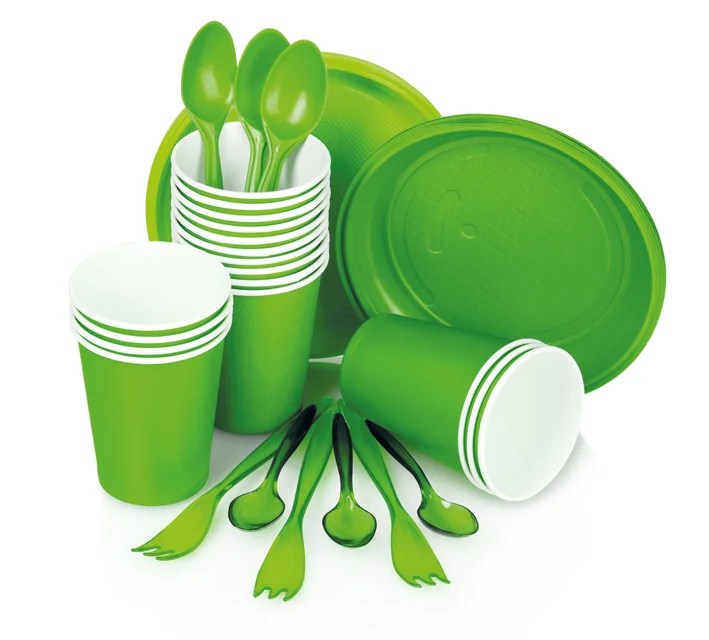
Bioplastics, also called ‘green plastics’, are a type of plastic derived from organic materials.
These materials disintegrate into microscopic pieces and can be degraded by microorganisms and natural processes.
Their application is wide, including food packaging and disposable tableware. Besides, they have many environmental benefits over synthetic plastics.
Advantages
As a matter of fact, bioplastics are an alternative to traditional polymers, since they are produced from plants.
- They are compostable and decompose quickly (six months on average, depending on the type)
- Require less energy to produce than regular plastics, so smaller carbon footprint.
- Made from sustainable resources.
- The production process doesn’t emit any toxic fumes during its decomposition.
- Governments offer tax incentives.
Disadvantages
Even though they are lauded as more sustainable than standard plastics, they do have some downsides.
- Deforestation, as bioplastics use a vast amount of land to grow the crops required to make them.
- People are encouraged to consume more.
- Shorter lifetime.
- They are not as strong as ordinary plastics.
- More expensive.
- Not yet been widely adopted.
Market for bioplastics
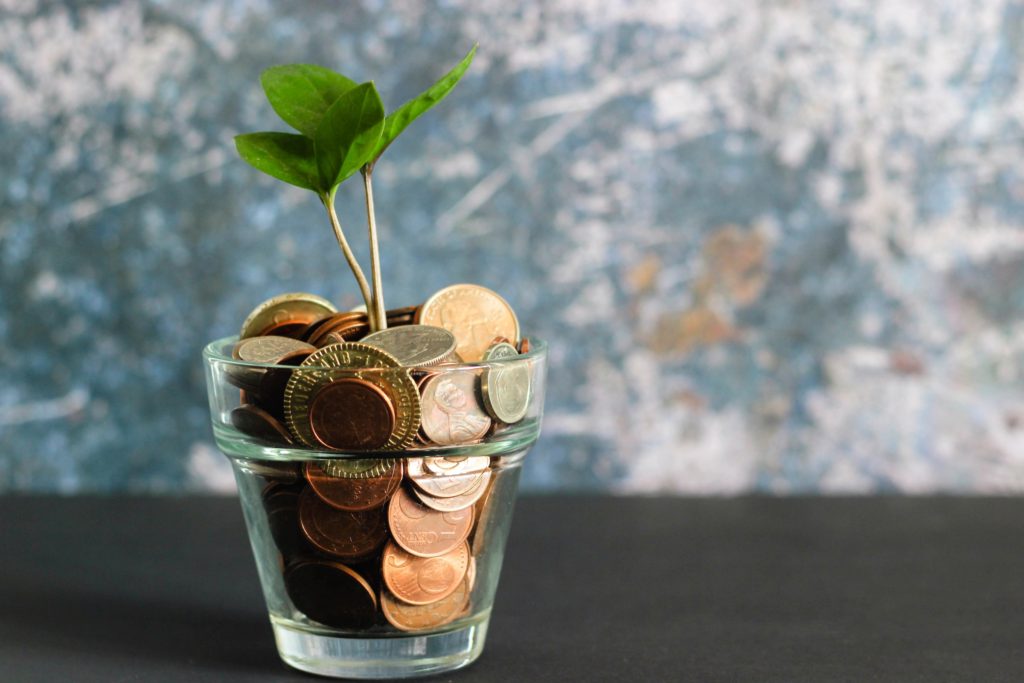
The global plastic market goes for around $600bn. Bioplastics, on the other hand, hold a tiny fraction of the international plastic production – a measly 1%, but companies and investors are optimistic and hope to grab a bigger slice of the pie.
In the first three months of 2022, investment reached $500m, raising from $350m in the same period in 2021.
The stream of money is coming from everywhere, from large corporations to entrepreneurs.
The estimation is that by 2028, the bioplastics market will be worth around $29bn. Perhaps more and hopefully faster.
Can bioplastics save the planet?
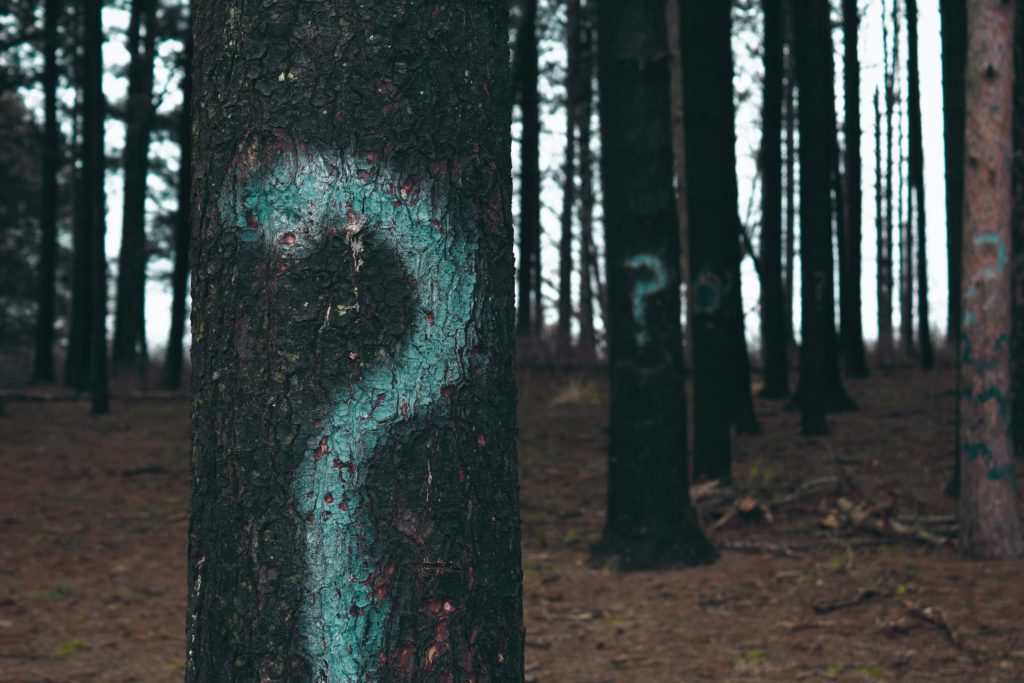
It is a common belief that they are the solution to our environmental woes. But are they really?
Producing bioplastics is still not as efficient as their petroleum-based counterparts. In order to make this industry take off, it’s necessary to reduce the production costs and streamline the process.
Let’s look at these companies; big producers of bioplastics.
Danimer Scientific
This company is currently producing plastic pellets from a promising bioplastic called PHA, which results from fermenting sugar or lipids.
Danimer Scientific, based in Georgia, US, is among the largest operators in the field and sells its materials to manufacturers which use their pellets to mould products in the same way they manage petrochemical plastics.
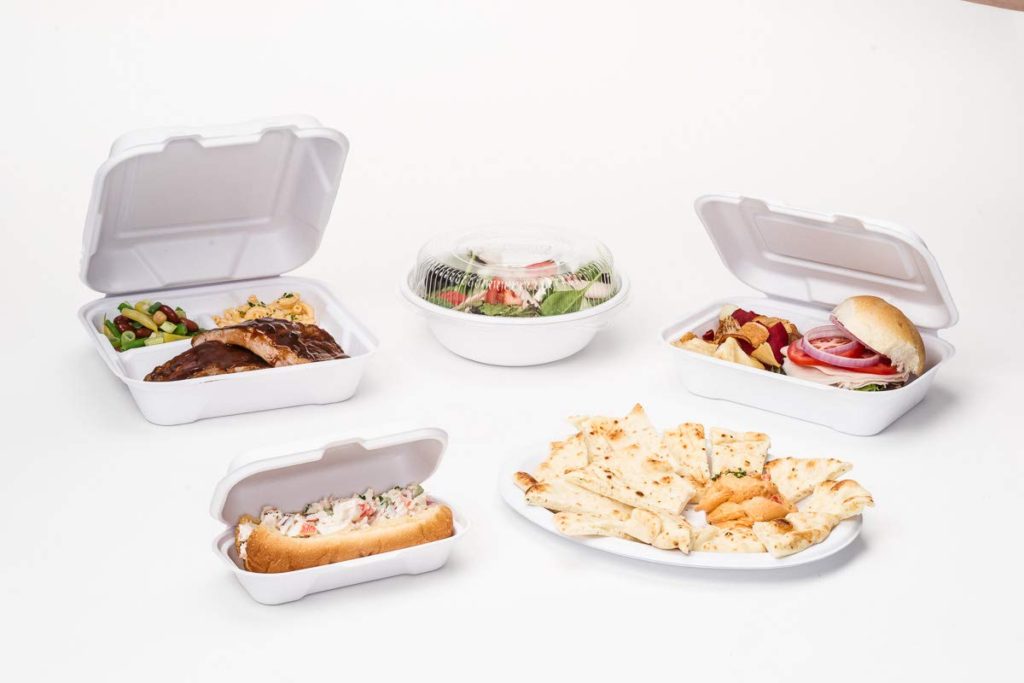
Starbucks and Dunkin’ Donuts are using Danimer Scientific’s drink stirrers and straws in their stores.
Tests have shown that PHA biodegrades in six months in marine environments and two years in soil.
Nature Works
But PHA is not the only biodegradable plastic. PLA, polylactic acid, is also an emerging solution to the petrochemical cancer.
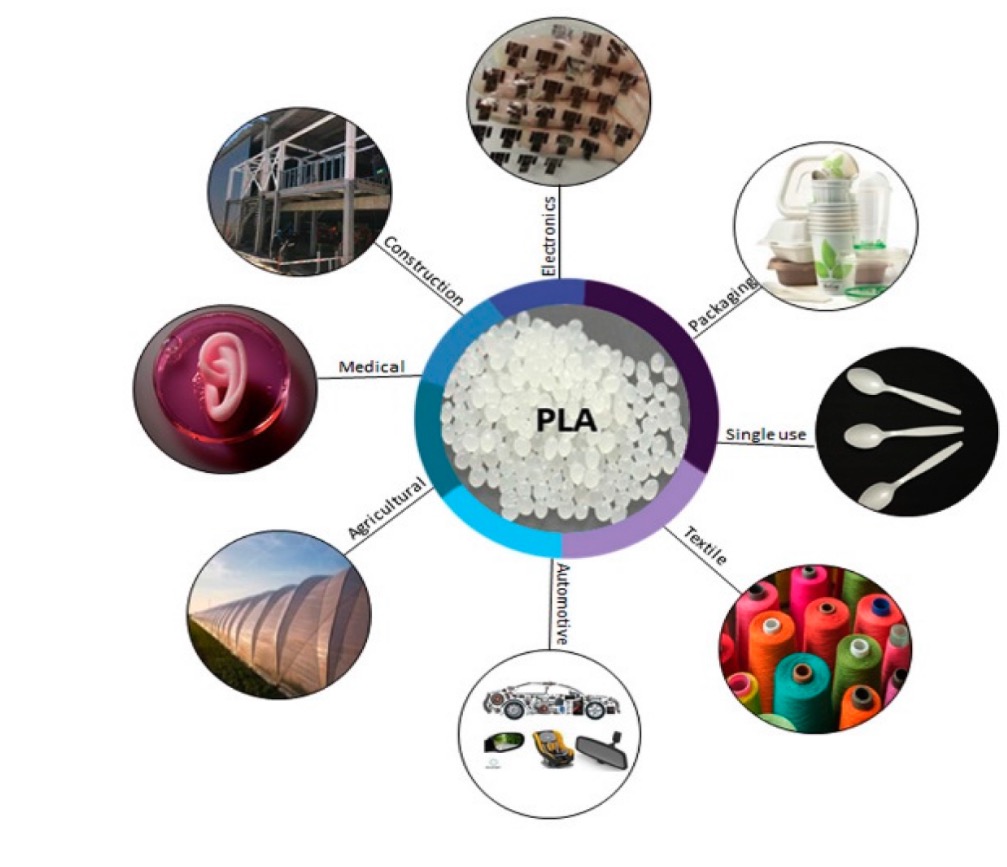
This alternative is the result of the fermentation of sugar from corn and sugar cane.
Nature Works, a Minneapolis firm, is the largest PLA company in the world, capable of producing a staggering 150,000 metric tonnes of bioplastic pellets a year, only in the United States.
The corporation is building a plant worth $600m in Thailand, which, when ready, will increase the production capacity by 50%.
Compostable items, such as plastic cutlery, clear cups, wrappers, and containers, are the main products of NW.
The good thing about PLA is that, along with restaurants’ food waste, they can be converted into a dark organic material to enrich soil on farms.
A few Starbucks stores are using disposable PLA cups from NW.
PG Tips
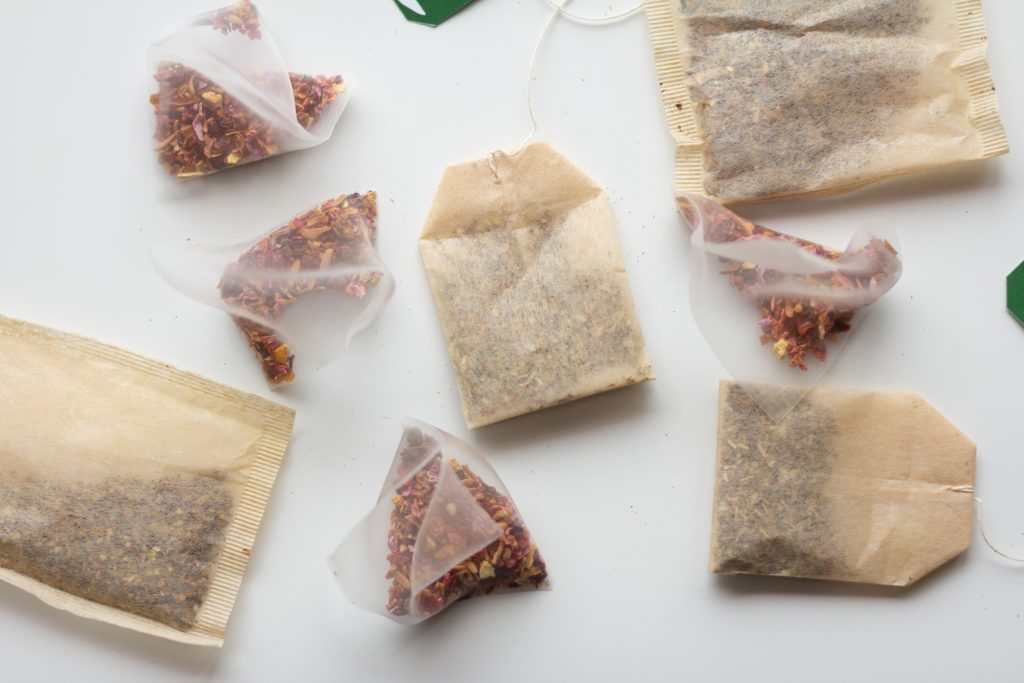
In the UK, PG Tips, a superstar in tea, has switched from polyester tea bags to bags made with cellulose and a thin layer of PLA – fully compostable.
This is a breakthrough, because a study in 2019 showed that polyester bags leach billions of microplastics particles when steeped in hot water.
The environment and consumers benefit from this change since in the UK, around 60 billion cups of tea are consumed in a year.
Drawbacks of PLA
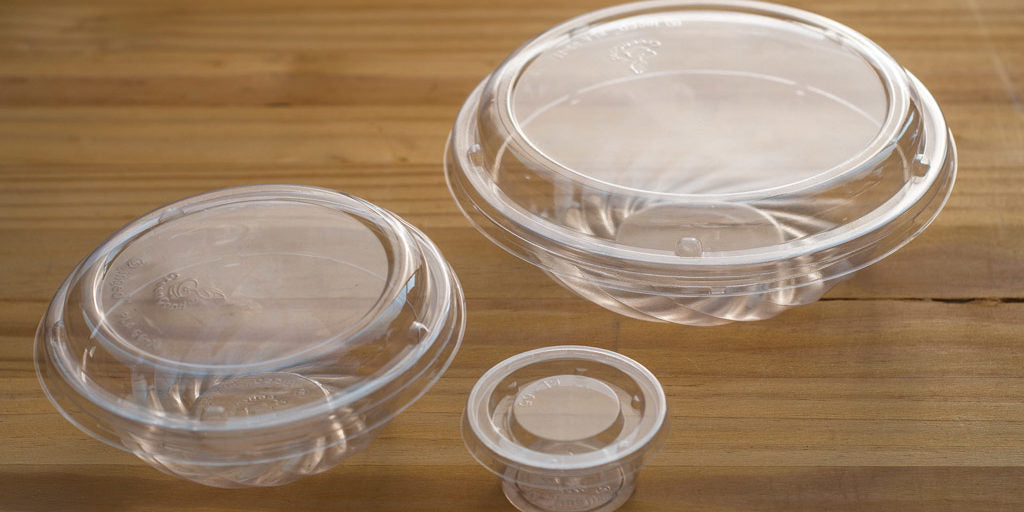
PLA doesn’t biodegrade easily in nature, it needs to be mixed with food waste in industrial composers to break down.
When PLA is buried in landfills, it will eventually disintegrate, but that would take decades.
Nevertheless, the simple fact of opting for real eco-friendly plastics is quite reassuring.
The world demands a replacement for petrochemical plastic, but with materials certified as utterly biodegradable, not with half truths and publicity.
Bioplastics could solve one of the biggest problems of our time if they are massively made and the production costs are lowered. After all, if they are cheaper, more people will use them.
In the meantime, let’s do our bit and avoid disposable plastics, and if we can, opt for biodegradable alternatives. The world will thank us, and we will thank the world.


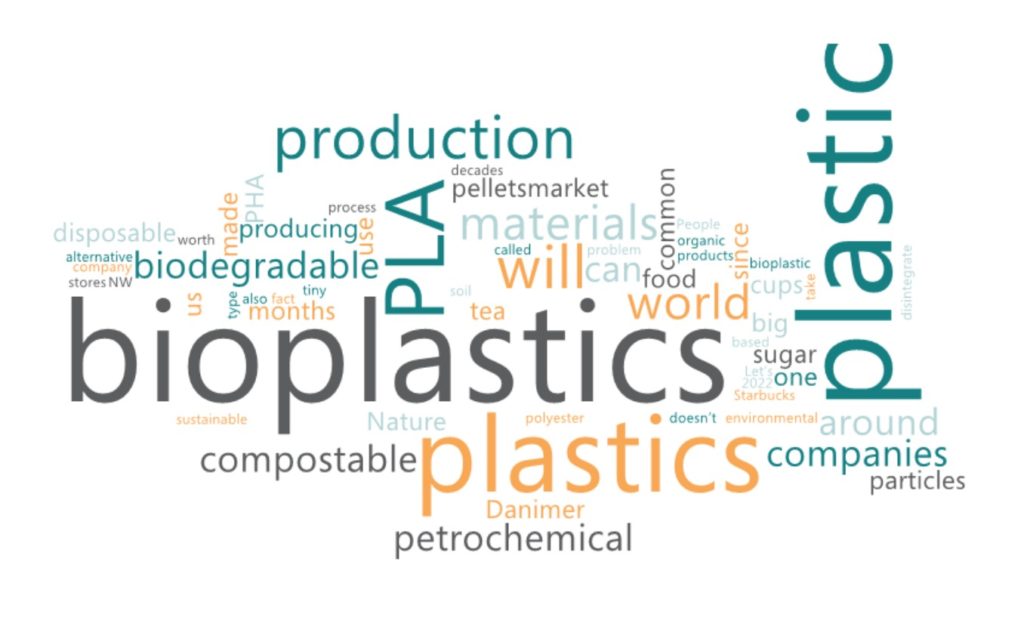
Pingback: The truth behind recycling plastic | A global crisis